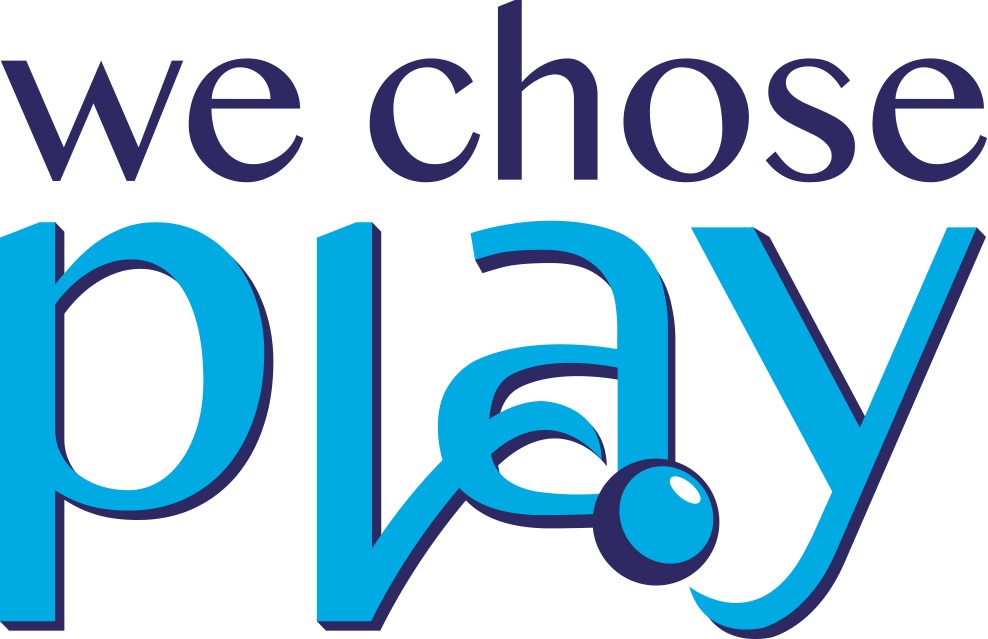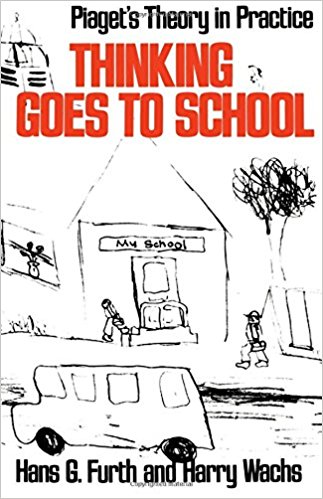The last five blog posts have focused on schools applying the Developmental, Individual differences, Relationship-based (DIR) model with their students. DIR/Floortime aims to target facilitating individual developmental potential through relating, communicating, and thinking.
For the past two years Affect Autism has blogged a lot about how to affect your child’s development by fostering relating and communicating. The focus into the school arena gets more into thinking as the child masters the earlier core developmental capacities. Many of these ideas stem from the 1975 book, Thinking Goes to School: Piaget’s Theory in Practice by Dr. Hans Furth and Dr. Harry Wachs.
The purpose of Thinking Goes to School is “to show how we can prepare our children to develop their full potential as ‘thinking’ human beings” (page 3). The focus is on individualized application rather than a “rigid curriculum into which all children must fit” (page 3) and “rather than treating failure, we wanted to prevent failure” (page 5).
Similar to Foundation Academics, the book stresses that “while knowing facts is important, it is less important than knowing how to think” (page 7). That is, it distinguishes between Development and Learning.
The book is based on Jean Piaget’s theory of child development where “thinking and intelligence are synonymous” (page 24). We now know from Dr. Stanley Greenspan’s DIR model and subsequent research in neuroscience confirming that it is the emotional interactions between babies/children/students and their primary caregivers/therapists/teachers that inspire learning.
In the school, similar to applying the ‘just right challenge‘ and using intrinsic over extrinsic motivation in Floortime, “The child, encouraged to participate in problem-solving play that is neither too easy nor too difficult for him, is not bored because he is thinking at a personally challenging level. He is encouraged by his own success…” (page 7).
Also, the use of structured activities that are used in this approach “are to enhance the child’s developing intelligence, not to take away the individual freedom that is a condition of healthy psychological growth.” It’s all about inspiring development geared toward the individual at where they are developmentally, in a group setting.
The rest of the book describes the importance of perceptual-motor training as a prerequisite for thinking and academics: “Coordination of body movements and sense inputs are… a prerequisite to the application of body and sense activities to specific problems and tasks” (page 8).
General movement thinking “Movement and thinking are interdependent. Many children perform academic tasks inadequately because they have not mastered the movement control on which these tasks depend.” “We are interested in in the thinking implied in body actions.” “For example, merely memorizing the keyboard of a typewriter will not lead to fluent typing. The typist must also learn the finger movements. Until he does, his movements will be slow, planned, and deliberate.” (page 71-72).
This chapter describes “twenty-four movement thinking games designed to engage the child in meaningful and structured play which should enable him to gain increased mastery over his body movements” (page 71). It is stressed that the movements should be matched to where the child is at, and not above, until the child is ready.
Dr. Stanley Greenspan incorporated the work of Piaget and the ideas in Thinking Goes to School in the Developmental, Individual differences, Relationship-based (DIR) model. He took it a step further by stressing the importance of affect, the emotional interactions between child and caregiver, or student and teacher.
Until next week… here’s to affecting autism through playful interactions!




